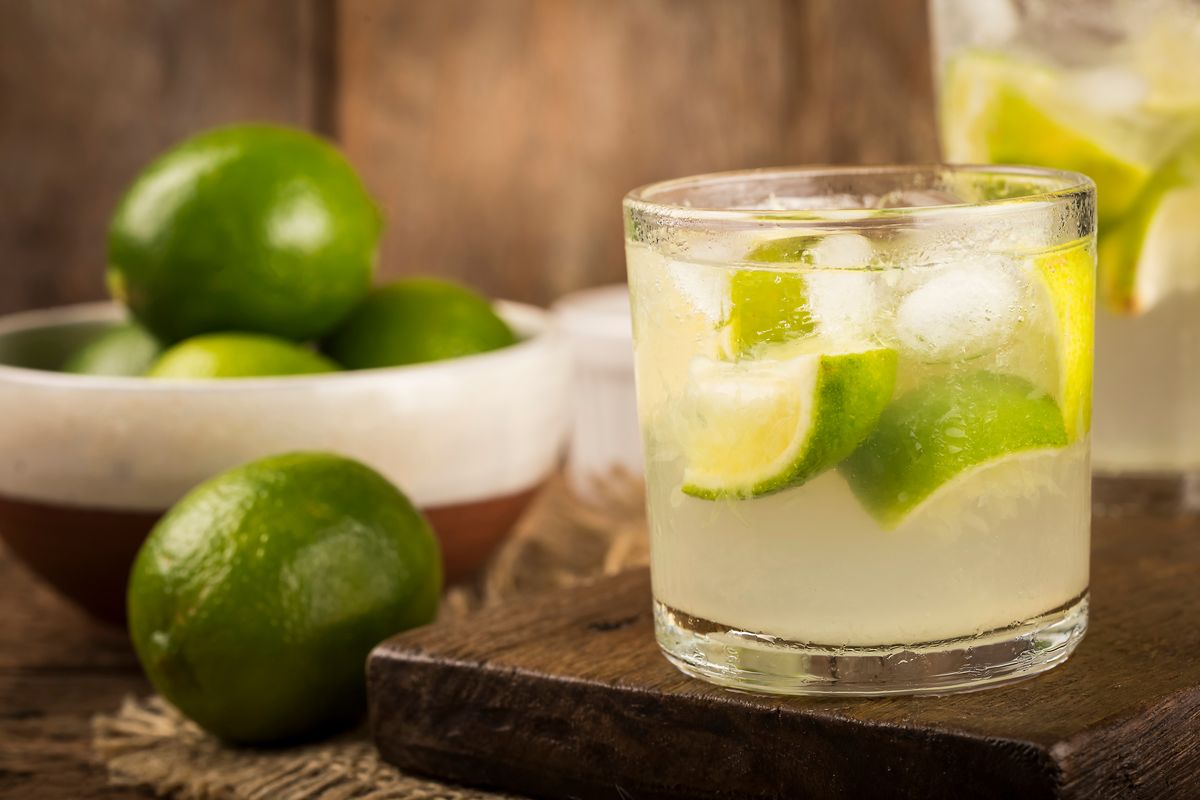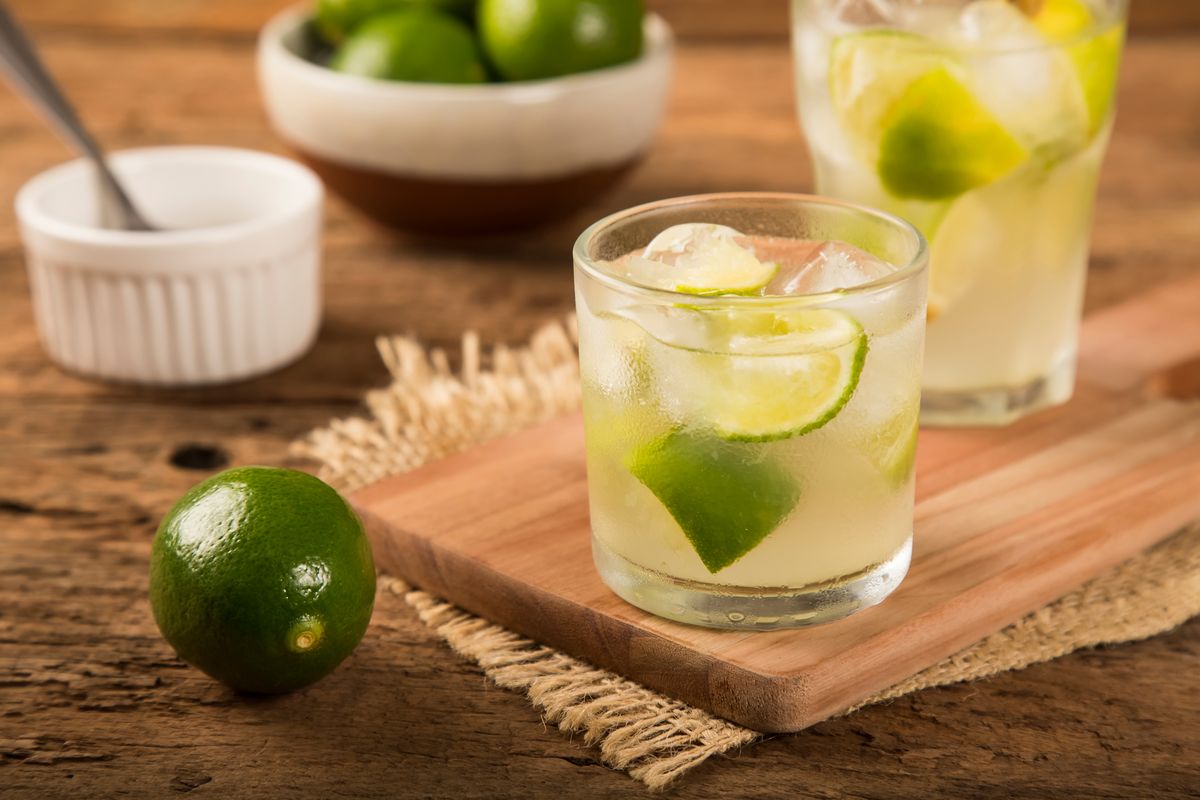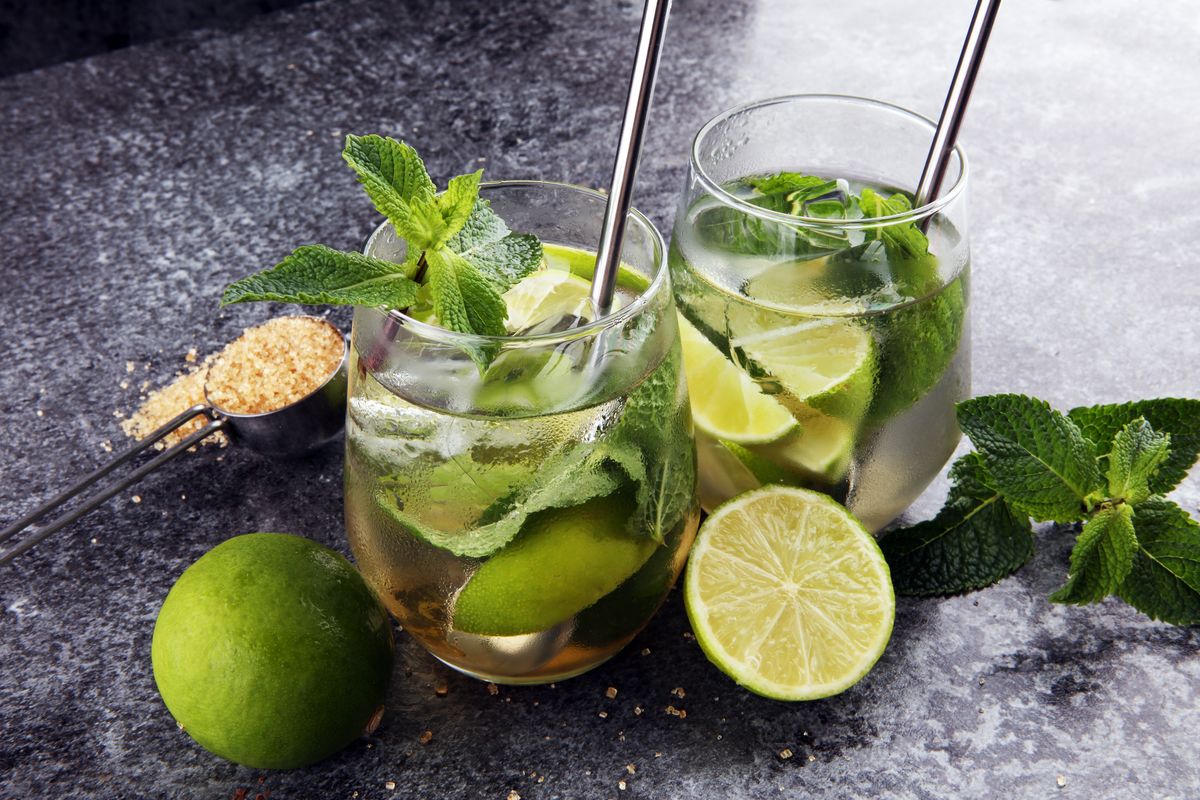Recipes
Caipirinha: ingredients and recipe of the famous cocktail


The caipirinha is a cocktail based on cachaca, lime and cane sugar, originally from Brazil. Discover all the secrets to prepare it!
With the arrival of the beautiful season there is an increasingly greater desire to go out in the evening or to organize a nice evening with friends with drinks to sip. The caipirinha is the summer cocktail par excellence with its lime scent.
Before seeing the actual recipe, however, we want to properly introduce this drink to you. First you should know that this lime drink originates from Brazil and its name derives from the Brazilian term caipira , used in reference to the inhabitants of some areas of the South American state.
In addition to lime, the other characteristic of the caipirinha is the high alcohol content , despite this it is to be considered a refreshing and perfect drink to sip at any time of the day. The high alcohol content essentially derives from the use of cachaca, a sugar cane juice distillate typical of the country.
What do you think? Are you ready to get to work ?

Preparation of the caipirinha
- Wash the lime and dry it, then remove the ends and cut it first in half, removing the white filament, and then into pieces , this way you will be able to extract more juice.
- Place the lime directly into a low tumbler glass (also known as old fashioned), add the brown sugar and, using a special cocktail pestle, crush so that the juice comes out.
- Add the cachaca immediately (for a precise measurement you can use the appropriate jigger), so that the alcohol traps the essential oils released by the lime.
- Then fill the glass with coarsely crushed ice and mix with a straw or the appropriate bar spoon without shaking or shaking. Decorate the glass as desired with a slice of lime.
storage
Like all cocktails, this one must be prepared and enjoyed at the moment . It is not recommended to prepare the lime and sugar mixture in advance (as they do in some places) to avoid the evaporation of the essential oils.
Caipirinha: combinations and variations
It is excellent mainly with churrasco and to accompany spicy dishes .
Like all recipes of this type, there are several variations, all different depending on the alcoholic part used. In caipiroska , for example, cachaca is replaced by vodka, if you use rum instead you will prepare caipirissima . For a cocktail with a stronger flavor you can add 10 ml of cachaca, while if you prefer sweeter flavors add a teaspoon of sugar.
Origin and history
The caipirinha is a cocktail with a fascinating history, starting with its name. The Portuguese term caipira in fact means simple, humble, and was used to indicate the inhabitants of the most remote countryside of Brazil.
The main ingredient today is cachaca , a sugar cane distillate of which Brazil is the largest producer in the world. Originally, however, garapa azeda was used, a sugar cane wine from whose fermentation, only later, cachaca was born.
Lime is not a random ingredient either. In fact, we must place ourselves in a historical context (that of the 16th century) where the local population was dominated by the Portuguese. Lime, along with other fruits, was part of the daily ration distributed to slaves .
To witness the birth of the cocktail as we know it today we must wait for the spread of ice in bars. Until that time cachaca and lime juice were mixed and drunk only at local festivals .
Today the caipirinha is considered a national cocktail as well as the protagonist of a famous proverb which states: If a life lhe der um limão, faça dele uma caipirinha that is, if life gives you a lemon, make a Caipirinha.
In light of this, it is not too surprising to discover that during the years of foreign domination there were several cachaca revolts . Real insurrections moved the peasants when the rulers introduced duties and taxes. These movements were followed by an era of prohibitionism during which, however, cachaca continued to be produced, albeit illegally.
Riproduzione riservata © - WT












